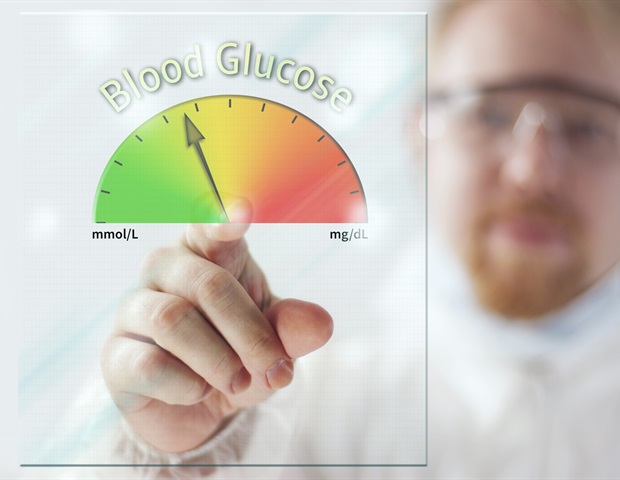Hospitalized patients with complex dietary restrictions often develop hyperglycemia, or high blood sugar . This occurs in roughly one-quarter to one-half of these patients and can lead to serious complications particularly in those with preexisting diabetes. Controlling blood sugar in the hospital setting is challenging for a variety of reasons including inconsistent caloric intake, changes in kidney and liver function, surgery, infections, and limitations in labor-intensive glucose monitoring and insulin administration.
To meet these challenges, UCSF endocrinologist Robert J. Rushakoff, MD, MS, and his team of nurses, pharmacists, physicians and programmers, developed and implemented a self-adjusting subcutaneous insulin algorithm (SQIA) for use across UCSF's three San Francisco hospitals. A new study evaluating their SQIA shows it is associated with lower rates of severe hyperglycemia and hypoglycemia (low blood sugar) when compared to conventional insulin dosing.

Rushakoff will report on the glucose control data from the first three years of the study at the American Diabetes Association's annual Scientific Sessions June 22 in Orlando. The SQIA is an integrated calculator embedded in the medication administration record (MAR) of the electronic medical record. In the first three years of full implementation (Sept.
2020 to September 2023), the SQIA was used on thousands of hospitalized patients who were on feeding restrictions in one of three categories: nothing by mouth (NP.























